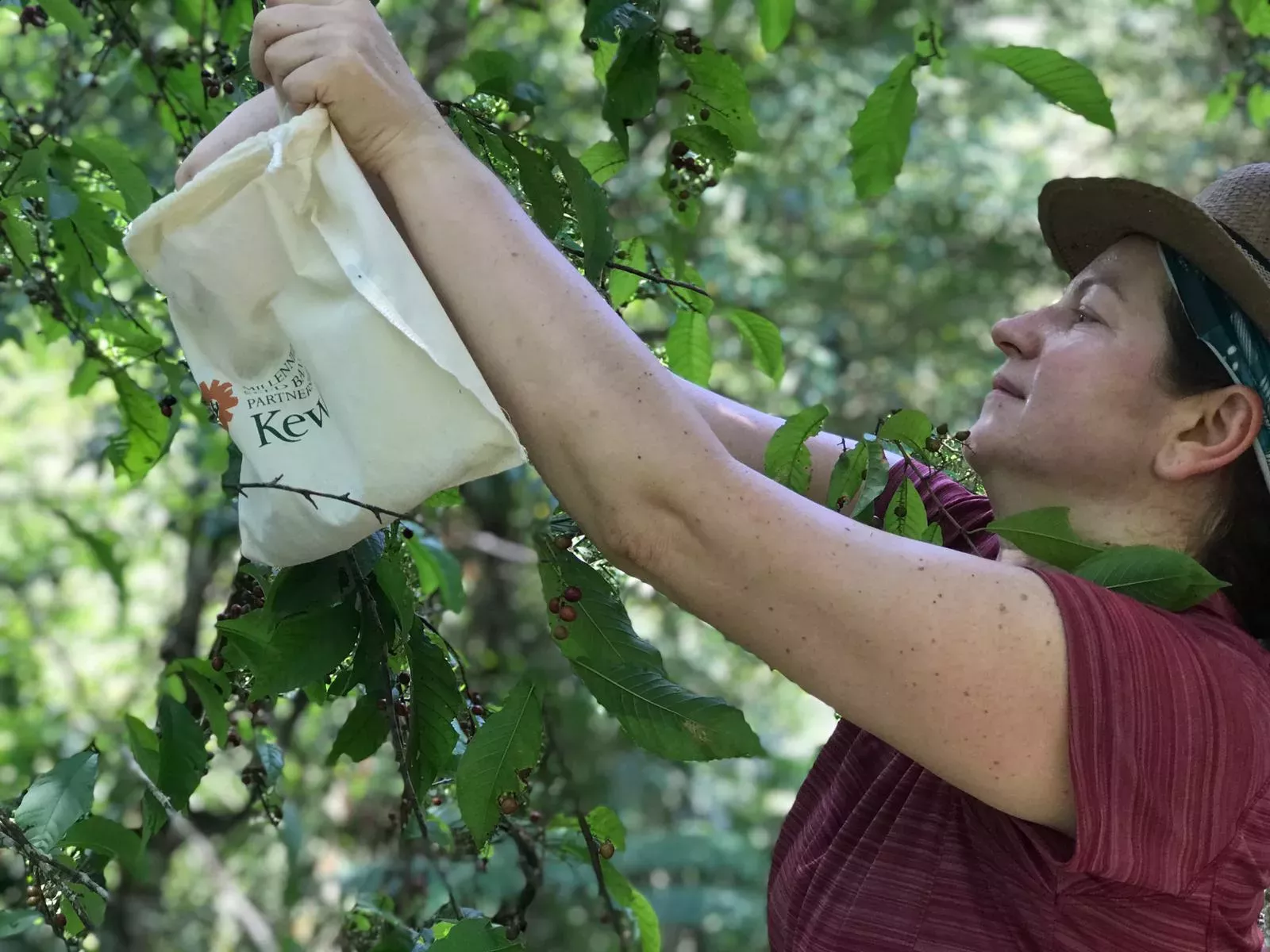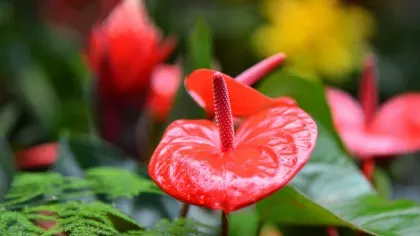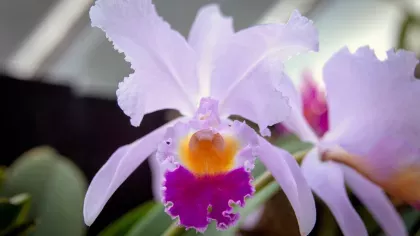24 April 2020
Green gold: 5 useful plants in Colombia
To conserve Colombia’s biodiversity, Kew scientists are collaborating with in-country partners on an ecotourism tool that will protect the environment and support local communities.

Colombia’s amazing biodiversity is under threat.
Rapid agricultural growth and deforestation in the post-conflict era is seeing the country’s precious biological assets destroyed.
At the same time, indigenous knowledge of the surrounding nature is eroding.
Our scientists Mauricio Diazgranados and Tiziana Ulian have been working with local communities in the Serranía de las Quinchas region to identify which plants local people can use sustainably for their own livelihoods, whilst protecting the rainforest.

Did you know?
- Colombia is the world’s second most biodiverse country.
- It has over 3,500 useful plants
- Tomatoes, peppers, potatoes and chilies originated from this region.
Green growth
Despite its unique biological richness, vast social inequality with marked poverty has triggered more than six decades of internal conflict.
This has had an irreversible damage to the environment.
But the country has turned a corner.
Colombia has established policies promoting green growth and sustainable use of biodiversity to develop its ‘bioeconomy’.
Kew is right beside them. We are supporting Colombia’s mission to protect and uncover the secrets of its plant biodiversity to help local villages find new ways to earn a living from the rainforest sustainability.

Plant tourism
Diazgranados and Ulian’s expertise lie in conserving plants that are useful to people and working to support communities in areas where plants are of paramount importance.
In Quinchas, a bountiful area of tropical rainforest and cloud forest in the foothills of the Colombian Andes in February 2020 the pair had one mission…
…to create a book documenting which of these useful plants local people could use for ecotourism; a community-based approach to preserving the rainforest and sustaining livelihoods.
Diazgranados explains,
“Local people rely on the rainforest; it is key to their livelihoods, but it doesn’t always benefit the long-term future of the forest.
"It is a very delicate balance, working as a scientist in this area, you have the best intentions of encouraging people to protect the forest, but you have to consider their needs and how important natural assets are to local income.
“We wanted to help bring the community together through workshops to regenerate knowledge of local plants – ones that can be used for medicine, for beauty remedies, or for food or shelter."


5 ‘green gold’ plants in Colombia
These are just some of the plants that play a vital role in the lives and livelihoods of the community and feature in the book.
1. Curing diabetes
Jamaica Cherry tree (Muntingia calabura)
Chitató is the Colombian name given to the Jamaica Cherry tree (Muntingia calabura), a flowering tree found in the neotropics that can fight infections.
Chitató is a very fast-growing tree that can reach up to 40ft in height, bearing flowers and abundant fruits.
Quinchas locals eat the red, sweet, fig-like fruits to help cure diabetes as the small berries are found to reduce blood sugar levels. They also infuse the leaves, boiling for five minutes, to make a tea-like beverage which is believed to relieve headaches and the first symptoms of cold.

2. Feeding people
Cachipay montañero (Bactris maraja)
Cuesco, is the name of a seed from the evergreen tree. This forest tree, with small green flowers and nutty fruits, is indigenous to South America.
Villagers in Otanche cook the seeds from the fruits of the tree, to eat as a snack or in meals. The seeds are very oily, rich in vitamin E, linoleic acid and retinol, and believed by locals to be more effective than argan oil and rosehip for the care of skin and hair.
Cachipay montañero (Bactris maraja), also called chascarrá, chontilla, chontadurillo or espino, is highly consumed by the locals in the Serranía de las Quinchas region.
The pulp is eaten as food and the challenge is to get to the juicy fruits as the stems of the tree can be extremely spiny. Along with partners in Colombia, the Kew team has collected seeds of this palm to be safeguarded at the Seed Bank of the Humboldt Institute in Boyacá.

3. Natural balm
Tolu balsam (Myroxylon balsamum)
This is the resin from the tree Myroxylon balsamum, native to tropical forests of North and South America. Whilst it is traditionally used for its fine timber to make fancy furniture, it is its balsam which the people of Otanche favour.
The ‘tolu balsam’ essential oil can be used in perfume, soap and other cosmetic products whilst also acting as a natural remedy for skin rashes and in cough syrup formulas to soothe the throat.

4. Wood as hard as iron
Caryodaphnopsis cogolloi
Caryodaphnopsis cogolloi, endemic to Colombia and also known locally as mariposo is used predominantly for its timber.
Its wood is noted by farmers to be as strong as iron, making it highly sought after by the construction industry.
Unfortunately, due to this, there are only a few mature individuals left in the area making photographs hard to come by. Below is a photo of a Caryodaphnopsis plant, with similar features.

5. Weight loss remedy
Caraño (Trattinnickia aspera)
Caraño is the common name for Trattinnickia aspera, a tree native to South America.
The sap from the tree is used frequently by local people to cure various skin problems. It can be used as an antibiotic and anti-inflammatory remedy to cure kidney disease.
Local women also apply it to their stomach to lose weight. It also has cultural importance to the area, being used as part of rituals and spiritual ceremonies.
Kew researchers are currently analysing the sap in the lab to check the medicinal chemical compounds.
This project is part of ‘ Promoting forest protection and peace-building through community-based ecotourism in biodiversity hotspots of Colombia (QUINCHAS)’ which Kew is delivering with the NGO E3 in Colombia funded under UK PACT by BEIS.


